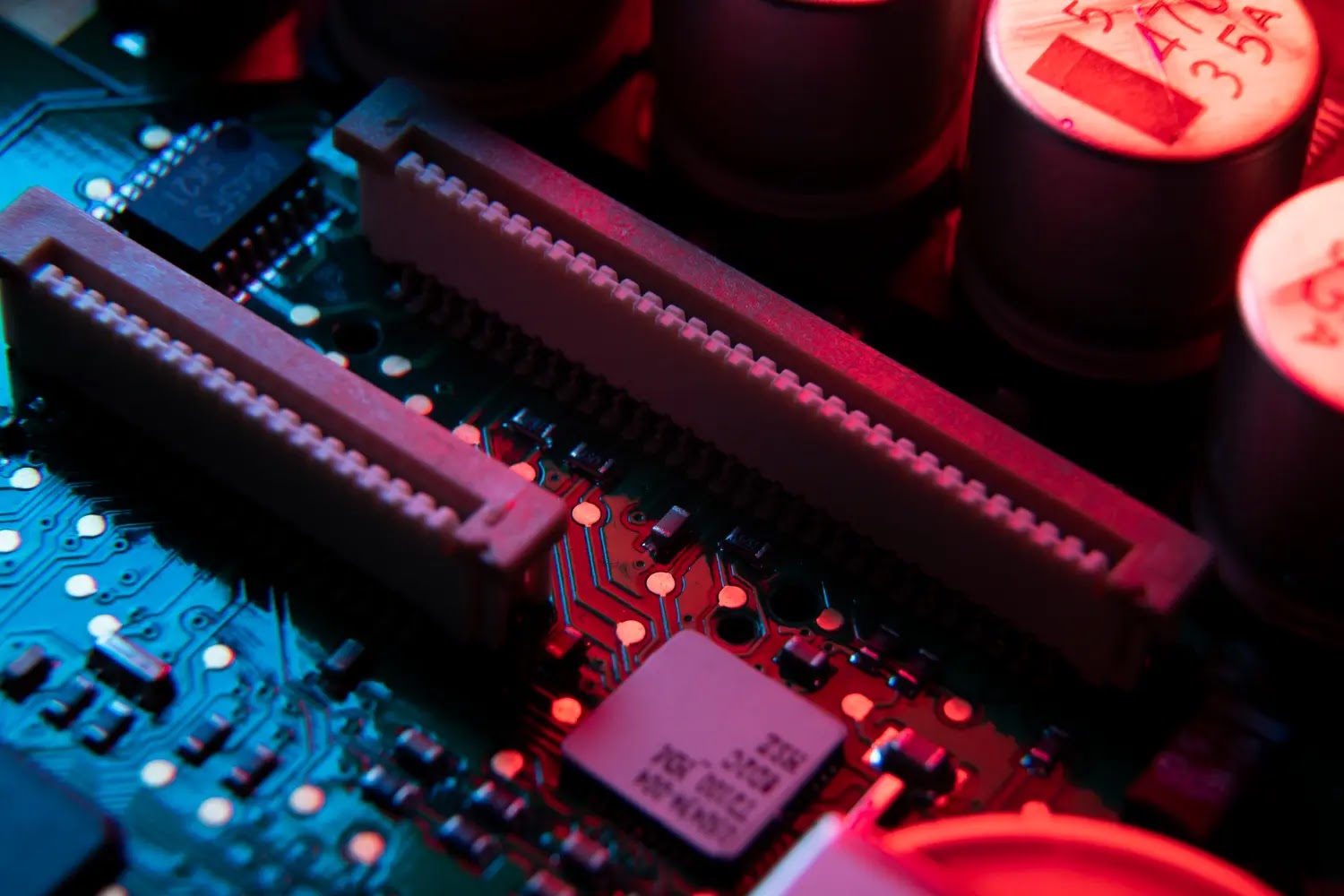To keep your computer running and cool, learn about your computer's liquid cooling system and its benefits.
The liquid cooling system in the computer
Whether you use your computer to browse or play video games, it generates heat during use. If you are not careful enough, you may suffer from the slowness of the device, and even worse, the heat may destroy its internal components.
When it comes to cooling your PC, a commonly used option to safely reduce heat from your CPU is air cooling, but if you are using more advanced computers then water or liquid cooling is the better option. It may seem counterintuitive to place liquids near sensitive electronic equipment, but it is more efficient than air cooling when used correctly. What is the liquid cooling system in the computer and what is the difference between it and air cooling systems?
What is a liquid cooling system?
All electronic devices generate heat as they work. Traditionally, an air-cooling system with heat sinks, heat pipes, and fans is used to cool these components. But sometimes, some of these components produce more heat than simple air circulation can dissipate. For example, computers contain chips that are filled with electrical transistors, which are electrical switches, that switch between an on and off state, passing electricity on and off the microchips. The more these transistors, and the more frequently they switch between off and on, the hotter the chips will get. The same goes for chips that have been overclocked or manually tuned to run faster than their default speed.
This is where water cooling or liquid cooling comes in, which is a way to lower the temperature of CPUs and GPUs. This method is more efficient than air cooling because water has a thermal conductivity that is about 30 times higher than air.
Liquid cooling system components
The liquid cooling system's parts include:
- Coolant pump: It is usually a centrifugal pump, which plays an important role in determining the flow rate of the liquid. If the movement of the liquid in the pipes is fast, it will not have enough time to transfer heat. Conversely, if the coolant flow is slow, it may retain heat around sensitive components. In addition, the pump must have the ability to pump fluid from the bottom of the system to the highest point, as in tall server towers.
- Water cooling block: It consists of hollow tubes and channels filled with heat-conducting materials such as copper or aluminum.
- Pipes connecting the parts of the system: The pipes must be flexible enough to reach all components, without bending.
- PC Liquid Coolant: Distilled water is often used because it is free of contaminants that may clog the channels in the water cooling blocks and the radiator. Colorants may be added to the liquid to increase visual appeal, and stress-reducing or anti-corrosion substances, which can increase system life.
- Cooler for heat dissipation.
- A fan circulates the air around the cooler.
- Coolant reservoir, in addition to other fluids.
How does the computer liquid cooling system work?
Similar to a car's engine cooling system, the pump forces coolant through the system through a water cooling block that is connected to the Central Processing Unit (CPU) or Graphics Processing Unit (GPU). The liquid exchanges heat with the components in the water cooling block, whereby the heat is transferred to the liquid. The liquid moves through the pipes and moves with it to the radiator, where the fans blow cold air over the radiator and the pipes to get rid of the heat.
Types of liquid cooling system
There are two main types of liquid cooling systems used in computers:
- Closed-loop liquid refrigeration systems: These are pre-packaged, sealed units that require little or no maintenance. It consists of a pump, a cooler, and a water-cooling block attached to the CPU or GPU. The fluid circulates through the system, absorbing heat from the components and transferring it to the radiator where it is dissipated.
- Open Loop Liquid Refrigeration Systems: These are specially designed systems that require more maintenance and setup experience. They consist of separate components such as a pump, tank, coolant, piping, and water block for each component being cooled. The user must self-package and maintain the system.
Both types of liquid cooling systems can provide better cooling performance than conventional air cooling solutions, but closed-loop systems are generally easier to install and maintain for most users.
Advantages of a liquid cooling system in a computer
A liquid cooling system in a computer differs from air cooling in the following:
Saving interior space
Air cooling systems occupy more internal volume and space than liquid cooling systems, so you can free up plenty of space for another component or two to upgrade your computer.
Less noise
If you're using an air-cooling system in a computer you use for video games, it will make a loud noise, whereas in a liquid-cooling system, the only noise you'll hear comes from the pump and radiator fan, and it's barely audible.
Custom cooling
With liquid cooling, you can fully plan the cooling network, so that it can be used to cool heat-sensitive parts like GPU, processor, etc.
More beautiful and cleaner
Air cooling fans accumulate dust and contaminants, spoiling the aesthetics of the computer, while in liquid cooling, it is rarely contaminated. In addition to the possibility of merging some colors with it.



Post a Comment